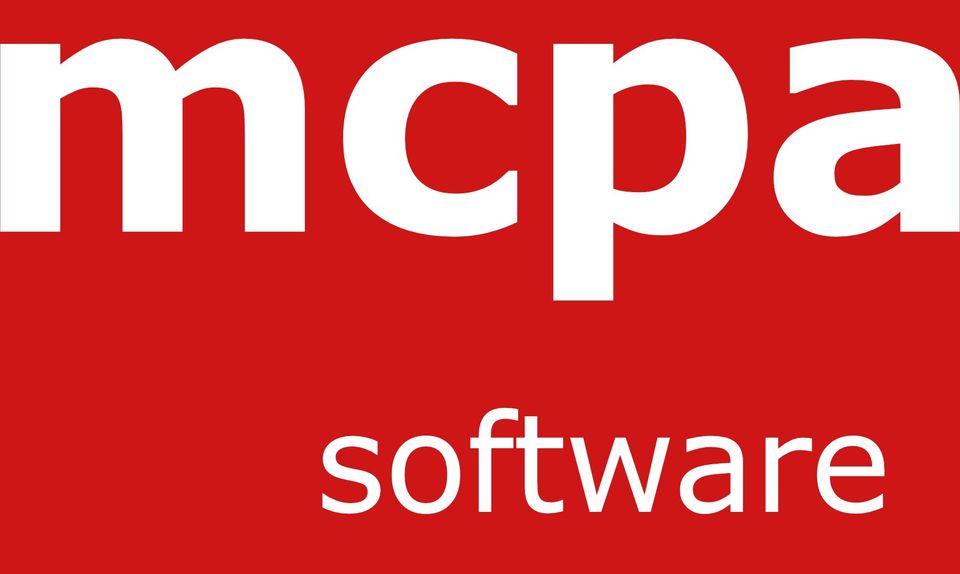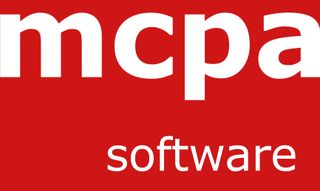RADIOLYSIS MODEL
FACSIMILE RADIOLYSIS MODEL
This document illustrates the use of FACSIMILE for Windows to produce a radiolysis model and the extension of this model to model pulse radiolysis. The reaction scheme used is a small subset of the radiolysis of water vapour. The reactions in the model are:
THE RADIOLYTIC PROCESS
H2O => H2O+ + e- ................ G(-H2O)=5.0
AND THE SUBSEQUENT REACTIONS
H2O+ + H2O => H3O+ + OH ......... k=1.66*10^-9
H3O+ + e- => H2O + H ................. k=2.32*10^-7
H3O+ + e- => H + H + OH ............ k=2.32*10^-7
The units used for the mode are molecules, mls and seconds. In order to express the G value as a rate, the multiplier RM is calculated. This is the rate of introduction of a species with G=1.0 and a dose rate of 1.0 mJ/g in units of molecules per molecule of H2O. Hence, G * RM * DOSE(mJ/g) is the rate of radiolysis of H2O for the specified reaction.
STEPS FOR CREATING THIS MODEL
FACSIMILE for Windows has a wizard to create an homogeneous chemical reaction scheme which can be used to create this model. The key steps are shown below.
1.
We add and set parameters for DOSE as 1.0*10^4 and RM and GH2O on the parameter screen shown below. To do this we simple enter a name and value and click the Add button.
3.
We then enter the initial concentrations of species. For this model we just need to set the concentration of H2O to 2.69*10^18 molecules/ml. The initial value screen is shown below.
5.
We then need to specify a name for our model and the wizard will create our model. If you would like a copy of the Facsimile input file for this application, please contact us.
Because this is not a complete reaction scheme it essentially creates H and OH radical at a steady rate and, after a very short time, the other products assume steady concentrations because H2O+ and e- are introduced at a constant rate. In a complete scheme, of course, this would not be the case. We can view the species as graphs from FACSIMILE for Windows as shown below.
Notice that E- is scaled by a factor of 5*10^5 for this graph.
ADDING A PULSED RADIATION SOURCE
To add a pulsed radiation source we need to make some modifications to the model. FACSIMILE for Windows is a special editor which understands the block structure of FACSIMILE to make this task easier.
The editor viewing our radiolysis model at the equations block is shown below.
6.
To add pulsing to our model we define an integer #PULSE which we use to switch the radiation on and off and a PARAMETER RADON which we use to control the radiolysis reaction. The FACSIMILE code for this is:
INTEGER #PULSE 0;
PARAMETER
K1f K2f 1.66e-9 K3f 2.32E-7 K4f 2.32E-7
RADON 1.0
;
We then define a subroutine (BLOCK in FACSIMILE terms) to control these variables
COMPILE SWITCH;
* routine to switch radiation on and off ;
IF<#PULSE> *,*,20;
* radiation off so switch on ;
RADON=1.0;
#PULSE=1;
JUMP 30;
LABEL 20;
* radiation on so switch off ;
RADON=0.0;
#PULSE=0;
LABEL 30;
RESTART ;
**;
This subroutine toggles radiation on and off using the variable #PULSE as a control. The line IF<#PULSE> *,*,20 says if #PULSE<1 do the statements down to JUMP 30 then continue with the line LABEL 30, otherwise continue execution from LABEL 20;. Thus, if the radiation is off when the routine is called RADON is set to 1.0 and #PULSE set to 1 to update the control variable, if radiation is on the reverse occurs. the instruction RESTART; is always executed and this allows FACSIMILE to recover from the discontinuity caused by this action.
7.
Now we need to use the RADON variable to control the radiolytic reactions. We do this by using it as a multiplier for the rate for radiolytic reactions. In this case there is only reaction but in a real model we would make this modification to every radiolytic reaction:
FX1 % K1f*RADON : H2O = H2O+ + E-;
When RADON is zero this reaction is switched off.
The final task is to modify the WHENEVER statement to call our SWITCH routine to generate the pulses.
WHENEVER TIME=
301 * (+0.1) 0 %
CALL OUT;
TIME= 60*(+0.5)0 CALL SWITCH;
**;
This calls the SWITCH routine every 0.5 seconds. This gives a period of 1 second and a 0.5 second pulse width. The Whenever clause could easily be modified to give a different duty cycle or varying pulse widths.
The output from this model is shown below. The e- concentration shows when the radiolysis is proceeding and clearly shows the pulses. Since all the chemistry in this model is driven by the radiolysis the OH curve increases during the radiation pulses and stays constant when the radiation is off (there are no OH destruction processes).
If you would like a copy of the Facsimile input file for the pulse model, please contact us.
Although this model is not a complete reaction scheme, it illustrates the techniques needed to implement such a scheme. The model could also be easily modified to add a profile to the shape of the pulses (to model flow through a radiation field for example).









